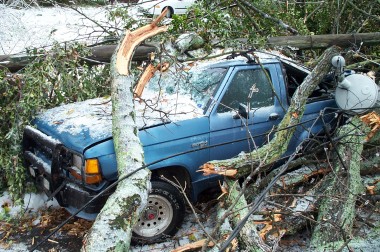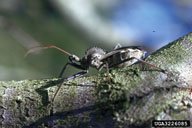So I wrote this and published this, and then, defying the traditional New Year’s resolution to be more organized, forgot to publish it. But now it’s relevant again, so with a little updating, here it is with best wishes for 2007.
Darrin McMahon writes in today’s the 12.29.2005 New York Times that you can’t just decide to be happy. He notes that happiness as a commendable and morally acceptable end in itself is a concept invented only in the past few centuries and cites the 19th-century philosophers Thomas Carlyle and John Stuart Mill on the subject — now there’s research to back them up, but really, Mill’s common sense could be more common without the blessing of social science:
Those only are happy who have their minds fixed on some object other than their own happiness; on the happiness of others, on the improvement of mankind, even on some art or pursuit, followed not as a means, but as itself an ideal end. Aiming thus at something else, they find happiness by the way.
In the spirit of Mill and the ever-cranky Carlyle (and with an eye toward looking back fondly on the 300th birthday of Benjamin Franklin, whose memory moves me to one-liner homilies), I will not tell you to have a happy 2006 2007 but instead offer the following wishes.

